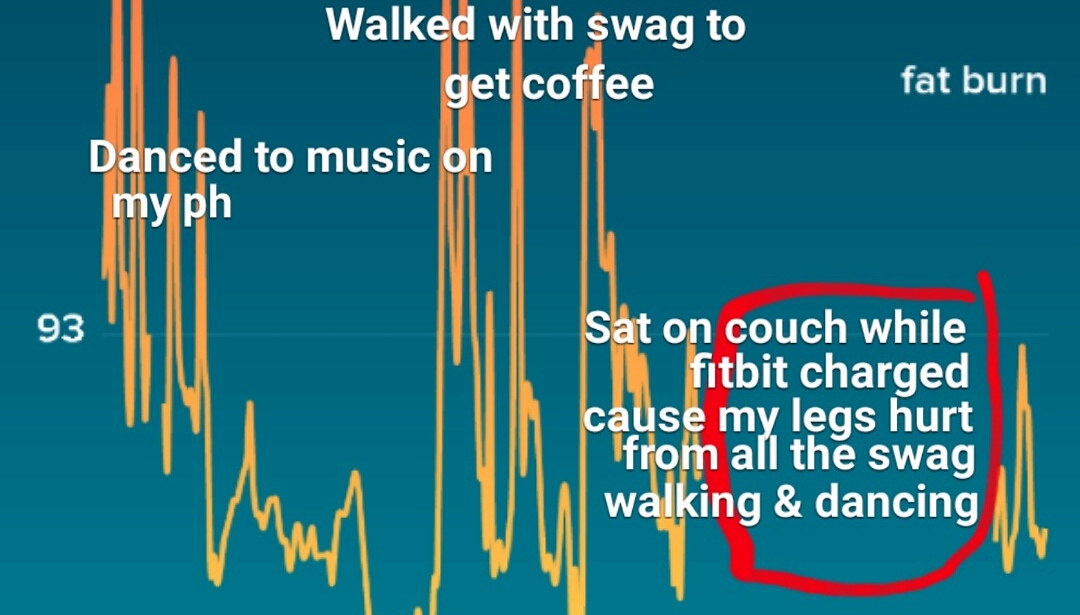US doctors recently used pulse rate information recorded by a Fitbit to decide how to treat a patient
US doctors recently used pulse-rate information recorded by a Fitbit to decide how to treat a patient Having a heart attack.
Wrist activity trackers such as Fitbits have had a mixed reception by the medical profession, with some doctors claiming they have little clinical use.
But a recent case in a New Jersey emergency department has shown that wearable health devices can provide doctors with crucial information at critical moments.
The case, reported in Annals of Emergency Medicine, involved a 42-year-old man with newly diagnosed atrial fibrillation.
The patient arrived at the emergency department 20 minutes after having a seizure. He was treated with diltiazem on scene, after ER medical staff detected an irregular pulse rate.
However, it was difficult to decide whether or not to reset the patient’s heart rhythm using an electric shock without knowing how long the atrial fibrillation had been going on for.
“Because the patient was asymptomatic during his current atrial fibrillation event, it was not possible to assign an onset time for his arrhythmia,” the doctors wrote.
Enter the Fitbit.
Using the smartphone app on the patient’s phone, which connected with the Fitbit, the doctors identified the onset of the arrhythmia.
This was the missing information the doctors needed.
“The application was accessed on the patient’s smartphone and revealed a baseline pulse rate between 70 and 80 beats/min, with an immediate persistent increase to a range of 140 to 160 bpm at the approximate time of the patient’s seizure,” the doctors wrote.
“Once the patient’s onset time for his atrial fibrillation was established as three hours before ED presentation, he was considered a candidate for rhythm conversion.”
The patient was discharged after recovering from the sedation. He showed normal sinus rhythm during his follow-up appointment, with no cardiovascular complaints.
This is not the first time a wearable fitness device has been used in a medical emergency. In September last year, a teenager’s Apple Watch assisted in his diagnosis of rhabdomyolysis, a syndrome caused by muscle injury.
There are also over 20 clinical trials currently investigating the use of Fitbits in treatment and diagnosis.
The New Jersey doctors noted that Fitbits could play a greater role in medicine in future, writing, “In many instances, knowledge of the patient’s pulse rate at the event could help in establishing a firmer diagnosis”.


